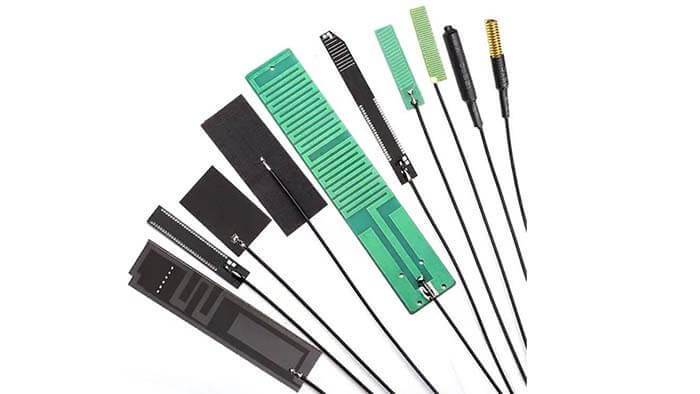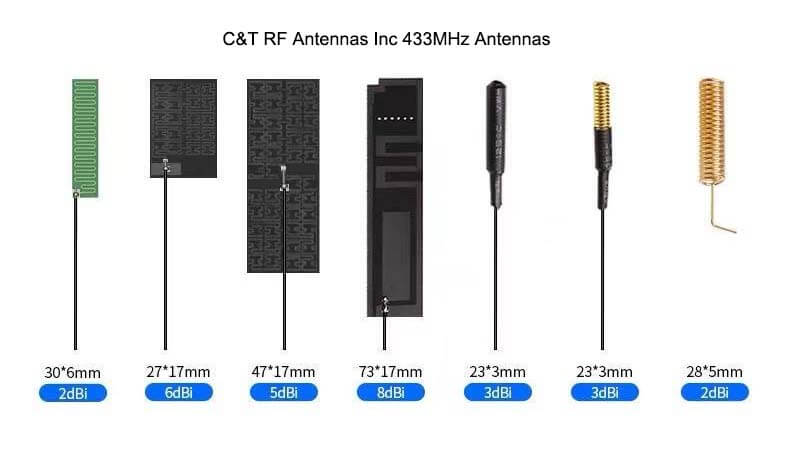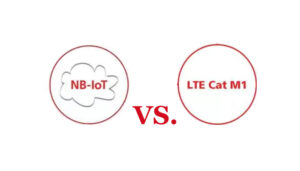This article talks about the design and application of wireless transmission in 433MHz RF transmitter and receiver antenna frequency band.
With the rapid development of wireless communication technology and the continuous evolution of specifications in the past decade or so, various wireless technologies, whether GSM, GPS, WLAN (such as Wi-Fi), Bluetooth, etc., have gradually emerged and become popular in daily life.
The wireless communication technology itself has been extensive and sophisticated, and when it is introduced into various electronic devices and application fields, it is necessary to consider the issues of electromagnetic interference (commonly known as EMI) and electromagnetic compass (EMC). Avoid signal degradation caused by interference of related functions and affect its normal operation.
However, although all parts of the world have legislated and established relevant electromagnetic regulations, focusing on the limitation of electromagnetic radiation and RF (Radio Frequency).
in the face of this situation where different communication modules may interfere with each other, it is difficult to have a Set fixed standard to prevent or solve related problems, which has therefore become the most important point for product developers to overcome.
In addition, coupled with the recent boom in portable devices and the diversification of communication functions, these related communication modules, and 433MHz RF transmitter and receiver antennas must be designed to be lighter, thinner, shorter, and smaller in size to meet the needs of mobile applications.
This situation is even more serious. It makes it more difficult to optimize the design of the product. To build more different wireless modules and antennas in an extremely small and streamlined space, these components will inevitably cause noise interference with each other and affect its transmission performance, because it is often observed that the transmission distance becomes shorter.
Transmission rate reduction and other conditions that are not conducive to product communication performance.
With the widespread use of wireless communications, wireless channels have become very crowded, channel resources are very tight, and interferences are numerous and serious. Since spread spectrum communication technology has many advantages to overcome these problems and can provide higher security technology.
Therefore, the wireless 433MHz RF transmitter and receiver antenna frequency band are planned and the use of this frequency band is approved for spread spectrum communication. Spread spectrum communication technology has developed rapidly and widely Applications.
The transmission characteristics of the wireless 433MHz RF transmitter and receiver antenna frequency band are:
433MHz is application-free transmission and reception frequency, which can be used directly without management.
The 433MHz RF transmitter and receiver antenna frequency band has strong anti-interference and supports various point-to-point and point-to-multipoint wireless data communication methods. Integrated transceiver, safety isolation, installation isolation, simple use, cost-effective, stable and reliable, etc., as long as the transmission power is large enough, there is no problem in long-distance transmission.
In some industrial sites, the application is harsh and difficult to wire. Wireless transmission 433MHz RF transmitter and receiver antenna can be used to reduce the investment of manpower and material resources.
Wired methods have inherent defects, such as complicated wiring, susceptibility to lightning strikes, and high installation and maintenance costs.
In recent years, the rapid development of 433MHz RF transmitter and receiver antenna wireless communication and low-power embedded technology has given birth to wireless sensor networks, which have brought about a revolution in information perception with their low-power, low-cost, distributed, and self-organizing characteristics.
Advantages of 433MHz RF transmitter and receiver antenna wireless transmission network
The 433MHz RF transmitter and receiver antenna wireless transmission network enhanced lightning resistance. Traditional sensor networks rely on cables to transmit data and power, while wireless sensor network nodes use battery power to transmit data wirelessly;
Only the product node needs to be fixed in a suitable position during product construction. The installation position is flexible and the cloth cost is saved.
C&T RF Antennas Inc‘s wireless communication 433MHz RF transmitter and receiver antenna can be widely used in industrial automation control for centralized factory monitoring, water conservancy engineering, three-dimensional warehouses, oil production, and oil transportation measurement and control, mining machinery, environmental monitoring equipment, stage machinery, lifting equipment, electricity, rail transit, Automated production equipment, access control system, consumer system, parking lot system, highway toll station system and other occasions that require remote collection and communication.
Besides the 433MHz RF Transmitter And Receiver Antenna article, you may also be interested in the below articles.
PCB Antenna VS. External Antenna
Ceramic Antenna VS. PCB Antenna, A Comparison Guide
Wifi vs. 5G, is 5G better than Wifi?
Mobile Networks’ Evolution From 1G To 5G





